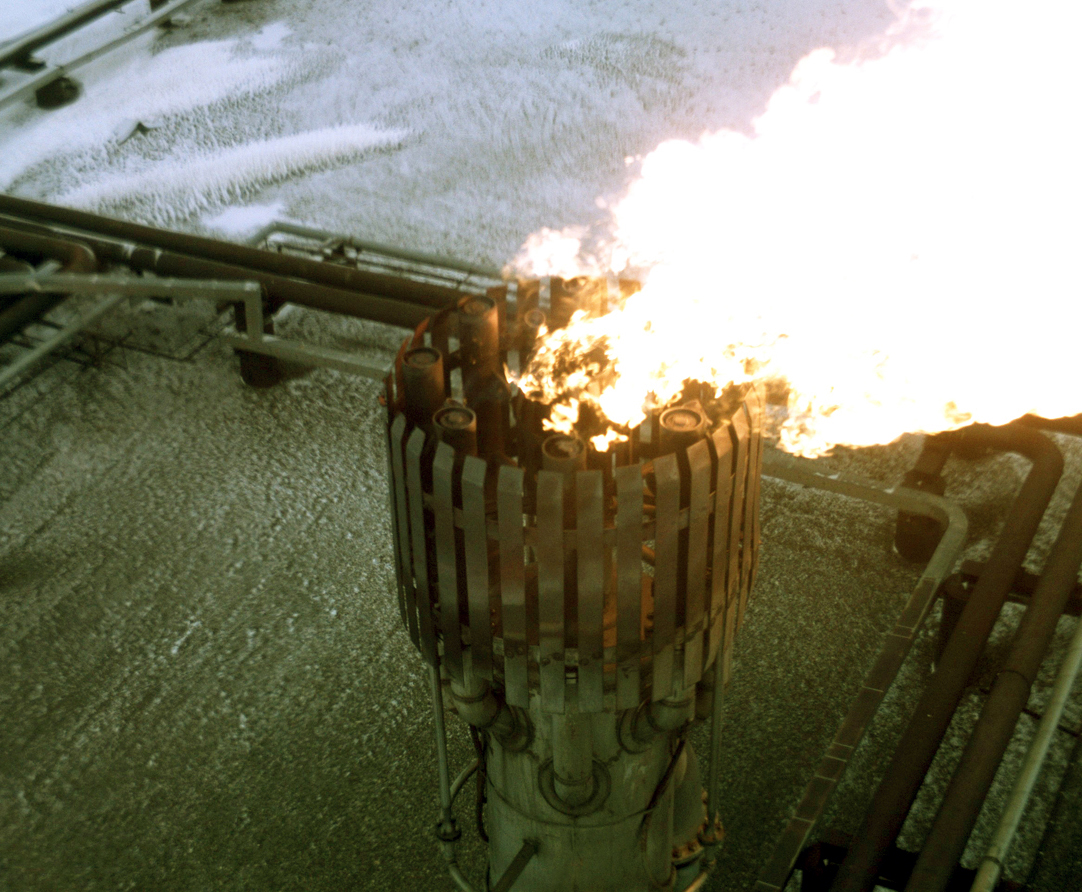Stakeholders to set goals for unmanned aircraft in ÐÓ°Épro
September 21, 2012

907-474-5823
9/21/12
Unmanned aircraft systems couple innovative design and construction to assist business, science and the military. They can even help ensure public safety. ÐÓ°Épro offers a vast landscape in which unmanned aircraft can work. Whether it’s monitoring the state’s wildlife, gathering data on precious resources or assisting with rescue efforts, these aircraft are proving themselves a crucial component of living and operating in the Far North.
Nearly 100 stakeholders from across ÐÓ°Épro and the U.S. will converge for three full days in Anchorage, ÐÓ°Épro to discuss recent developments in the UAS field, identify opportunities to use these tools and discuss public policies affecting unmanned aircraft. The ÐÓ°Épro UAS Interest Group annual meeting runs from Sept. 25-27, 2012 at the Embassy Suites Anchorage.

Greg Walker, director of the University of ÐÓ°Épro Unmanned Aircraft Program based at Poker Flat Research Range, is coordinating the conference with help from Harry Kieling, ÐÓ°Épro regional director for the Office of Aviation Service with the U.S. Department of the Interior; Jay Skaggs, All Weather Operations Program manager for the ÐÓ°Épro Region of the Federal Aviation Administration; as well as other stakeholders and staff from the ÐÓ°Épro Geophysical Institute.
ADDITIONAL CONTACTS: Greg Walker, UA Unmanned Aircraft Program director, at 907-474-2110 or via email at gregory.walker@gi.alaska.edu.
ON THE WEB:
NOTE TO EDITORS: Media are welcome to attend any portion of the meeting. The ÐÓ°Épro UAS Interest Group Annual Meeting agenda may be requested by emailing info@gi.alaska.edu.
AH/9-21-12/074-13


